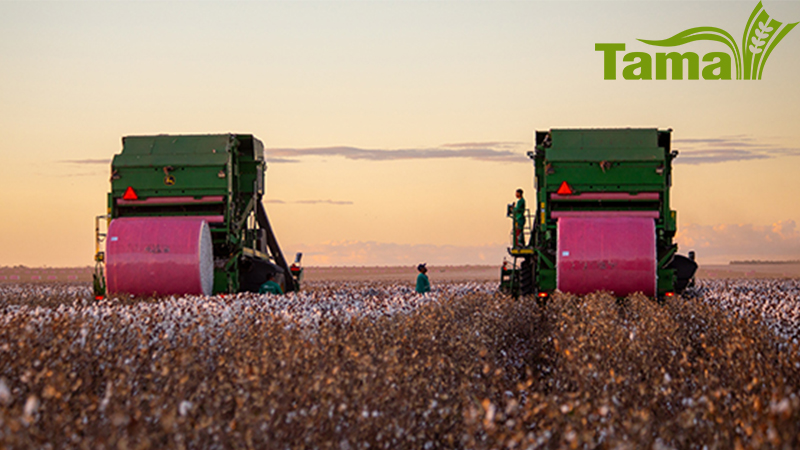Cleveland: Prices Holding in Face of Softening Exports
The July lost 46 points on the past week and had a gain of only 28 points on the month. The year-to-date gain of 749 points suggests the fireworks are over.
First notice day for the July contract is now eight weeks away. Yet, while the technical perspective remains undefined and fundamentals are mildly negative, the bulls continue to push for higher prices. The softening of exports, as bullish as they have been, are laying the foundation for price slippage.
May did climb to 80 cents just prior to its first notice day and keeps the hope alive for July to climb to 81-82 cents, but I am a doubter. Fundamentals will not push prices higher, but on-call positioning could create a small rally. The bears are in no position to take charge, but the market will slowly drift lower over the next two months.
As has been discussed for six weeks, the market is picking its top. New crop prices will continue to find support at 72 cents, but the flirtation with 75 cents continues. However, there will have to be significant unexpected weather difficulties to allow for much upside.
December futures were up 53 points in April and 508 points on the year. Longer term, December is expected to trend lower, but the market is exhibiting strong demand for both the 2017 and 2018 crops. Thus, cotton’s long term prospective remains very positive.
Export sales, again reflecting the May contract run to 80 cents, were off 50% from the prior week and 60% from the monthly average, and totaled a net of only 115,500 RB of upland and 5,900 RB of Pima. Sales for the next marketing year were 65,300 RB of upland and 7,500 RB of Pima. Shipments continued their very strong trend, as 302,400 RB of upland were exported along with 15,500 RB of Pima.
The May surge to 80 cents, basis New York, implies a textile-delivered CFR price above 90 cents and basically denies mills of operating incentive. Prices are simply too high for mills. Thus, the export rationing process has begun. There is no spigot that says “off.” But with prices at this level, the market generates its own spigot. Granted, there is only a very limited availability of high quality U.S. crop remaining for export.
It is noted that weekly exports sales of upland were at the lowest level since mid-September 2016. Concerns regarding losing export share due to changes in NAFTA rules made the rounds this past week. U.S. cotton enjoys an important million bale export market with Mexico, but cotton is very unlikely to be involved in any serious NAFTA discussion, as the economics are not there.
NAFTA accounts for less than 6% of the U.S. apparel market, and the trend is lower. Granted, both cotton and corn are very important aspects of agricultural trade with Mexico. Too, any loss of apparel activity in Mexico would not be re-shored to the U.S., but rather replaced from Asia. The U.S. would be expected to strongly protect its agricultural industries, but not private and non-agricultural textile investments in Mexico.
The ratio of July on-call sales to on-call purchases fell to 10:1 on the week, but is still wide enough to keep bullish ideas in the marketplace. Yet, with two months remaining for mills to make their fixations, time remains for them to work out of their pricing predicament. Too, with CFR prices to mills at 90 cents, what mill business there is will tend to be fixed price rather than on-call. This makes it easier for mills to get out of their on-call sales predicament.
However, the market will continue to experience triple digit trading days, both up and down. Again, the market is believed to be only debating its topping action.
Give a gift of cotton today.








